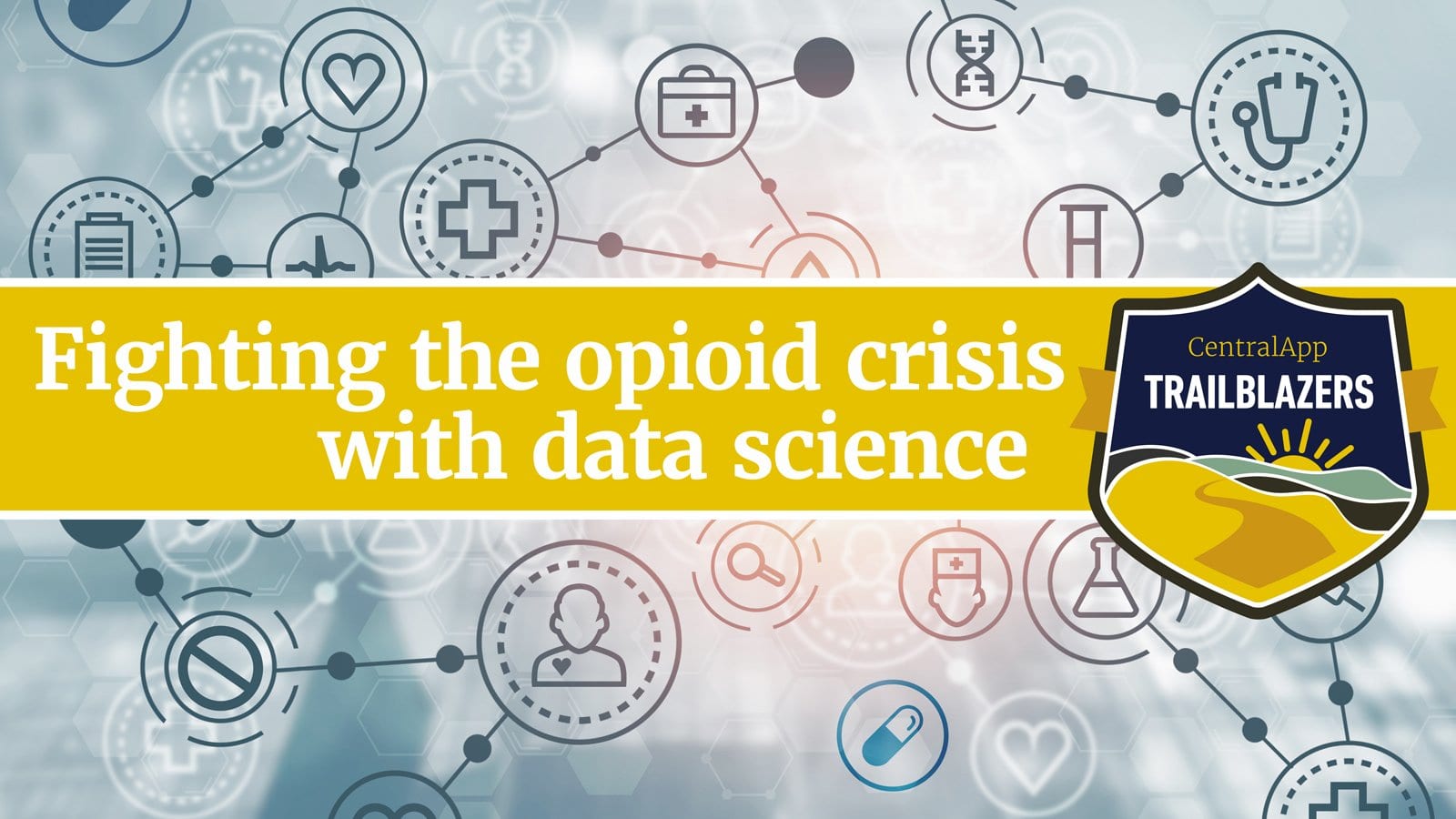CentralApp Trailblazers: Fighting the Opioid Crisis with Data Science

 |
by Todd Cope, CEO |
How Our Team Used Data Science to Fight Back Against the Opioid Epidemic
In January of 2017, a group of small communities nestled in the winding hills of the Ohio River Valley decided they’d had enough.
The area had been hit harder by the national Opioid Epidemic than any other region in the country. And the people there were tired of dealing with the fallout — from daily overdose deaths to widespread economic depression — all by themselves.
Time was, these were the types of towns where you didn’t bother to lock your door. It was a region populated predominantly by people who believed in working hard, doing the right thing, and taking care of your neighbors.
In other words, these weren’t the sort of places you’d expect to pick a fight. But, man, they picked a big one.
Because on that January day, they filed what has since become the largest lawsuit in U.S. history. Their goal? To make the pharmaceutical industry own up to their role in creating and fueling the epidemic.
Rallied by local attorney Paul Farrell, Jr., more than 800 communities joined the suit.
“This is a manmade disaster,” Farrell said. “We expect the people who made this mess to help clean it up.”
Given the magnitude of the case, you’d expect the litigation team to pull in experts and analysts from all over the country. But when Farrell and his colleagues wanted to take a hard look at federal databases showing the distribution of opioid pills in the region, he also tapped talent in his own backyard: the CentralApp team.
“People underestimate this region,” Farrell said. “They think of the stereotypes, the hillbilly, the redneck. That’s a mistake they usually come to regret.”
“People underestimate this region,” Farrell said. “They think of the stereotypes, the hillbilly, the redneck. That’s a mistake they usually come to regret.”
In this case, data scientists working through the CentralApp Talent Exchange were all too happy to dig in and show what they could do.
Using data from the national ARCOS database, the CentralApp team started by normalizing the transactional data to the population so they could make accurate comparisons to other counties across the country. Then they created anomaly detection models to look for outliers in the quantity and strength of pills distributed by pharmacy compared to the national average.
“By law, pharmaceutical companies are required to flag suspicious orders of these substances,” Skye Reymond, lead data scientist on the project, said. “Our goal was to identify the orders that met the criteria for being considered suspicious — either because the pharmacy ordered too many at one time or they ordered too often — and see if the drug manufacturers actually flagged them.”
The data painted a clear picture: far more pills were being distributed per person in the region, and the pharma companies were fulfilling suspicious orders without question.
For Farrell and the communities he represents, that information offers proof the drug companies weren’t following industry regulations — and are at fault for the epidemic.
The data analysis conducted by CentralApp is just a tiny piece of the case, which may go down as one of the most intense legal battles in history. But every little bit helps, and it feels good to fight back.
“Stories told with data can be powerful,” Reymond said. “This is the place I grew up in and love. Being able to put my skills to use in a way that helps my community is a special opportunity. Historically we have been the underdogs, but watching the community come together to fight the opioid crisis makes me believe we can win.”


